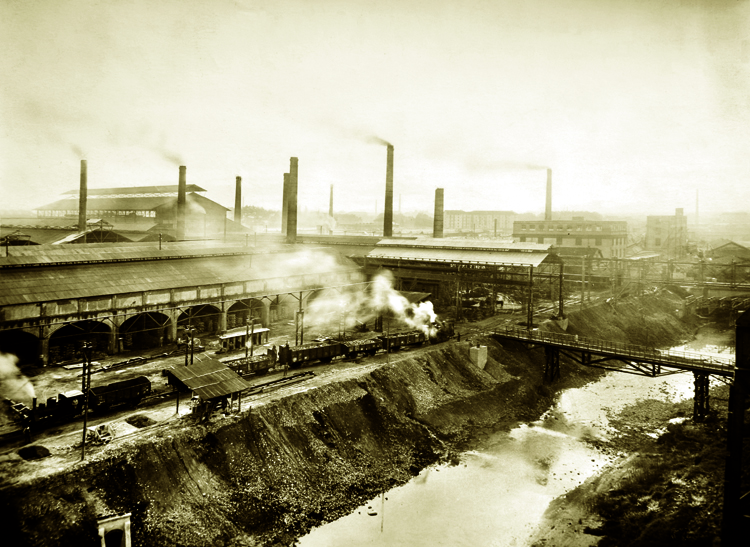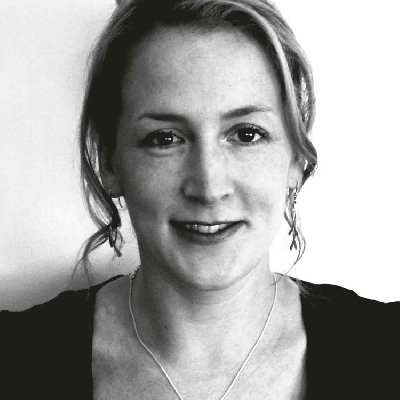
There has been an overwhelming interest in the circular economy, from industry to NGOs to member state officials – why do you think this is?
I think it’s because many people, from a broad range of sectors, see that developing a circular economy involves a true paradigm shift. If you’re on a journey and you set off in the wrong direction, you can’t correct it by simply speeding up a bit. Business as usual, but a bit faster, won’t work. What’s needed is a complete re-think of our economic model. In this case, as we know, it means a departure from the linear production, consumption, disposal towards designing a circular future. At the same time, whilst becoming more sustainable, we need to ensure increasing consumer benefits and competitiveness whilst using only one tenth of the resources that we currently consume.
Do you think that this paradigm shift is a daunting prospect for industry?
Those who have seen the light know that it makes good business sense. Inefficient or unsustainable use of resources makes for a bad business plan. It involves waste and cost where instead there could be efficiency and profit. Many industry leaders, from construction, to food, energy, packaging, chemicals and materials realise that we can’t continue to behave as if we have 4 planets when we only have one. In my experience, its actually industry that is calling on policy makers to help them develop and implement the measures needed.
You have been a champion of bio-based industries for some time and Finland is a pioneer in the development of the bioeconomy. How do you see the link between the circular and the bioeconomy?
The link is a close one, because we have to start with a concrete interpretation of sustainability criteria. One aspect of this is that all non-renewable materials need to be preserved in totally enclosed loops. Then, the renewables must only be used within the limits of their renewability. If you take a non-renewable, like aluminium or nickel, out of the ground it will not replace itself in any of our lifetimes. However, if you take wood from the forest you can calculate how long it will take to be replaced and replant accordingly. If, for example, you are using straw instead or food residue then lifespan and replacement time is even shorter. So we do have the means to check what is sustainable and what is not and to stay within safe limits. A lot of the answers and solutions on sustainability and resource efficiency are already there in nature and it is up to us to recognise and learn from this.
In your opinion, is the EU well placed to lead in the development of a circular economy?
Yes, and the sooner we do it, the more we can benefit from the transition. The reality is that we are a resource-dependent continent and this makes us vulnerable as these resources become scarce. In addition, we are a costly continent, in terms of our standards of welfare, environment and employment amongst other things. This means that we will never be “the cheapest” union and cannot compete on cost alone. Therefore we need to innovate to produce higher value sustainable goods that people are willing to pay for.
Our economy and our infrastructure have been developed over 150 years or more relying on fossil carbon. While we know that we must act to tackle climate change and to become more resource efficient, fossil is well established and remains highly subsidised. Are we fighting an uphill battle and what can be done to level this playing field?
The problem for emerging industries is that they are usually less well resourced. They are so busy struggling to emerge that they don’t have the time, the connections or the network to seek support. On the other hand, there are very well established unsustainable industry “dinosaurs” – what I call the walking dead – who have protection of their existing market as their number one priority. As politicians, we are frequently challenged by these groups who insist that regulation needs to change in order for them to continue to exist. If we protect and prolong the same bad practice of polluting and unsustainable industries, through subsidies for example, we are actually doing them, and the public, a disservice. It is a kind of “life support” for the already departed.
 |
|
Turin, 30’s
|
But when new, renewable industries do manage to emerge they are often penalised for not being “sustainable enough”. How can we tackle the EU affliction of “making the perfect the enemy of the good”?
We didn’t get ILUC right. What was needed was a genuine land use sustainability criteria and we don’t have that. It was extremely stupid to provide preferential support for first generation (1G) biofuels only to change our minds and try to kill them a couple of years down the line.
What we need is a predictable, progressive, coherent legal framework to provide industry with the certainty it needs to invest. The support, its levels and its duration needs to be clear from the start and we cannot afford to move the goal posts again.
But, we also need to be pragmatic. Of course we can’t create a new world in 7 days and then sit back and rest. Building a circular economy is going to take time and there will be no quick and dirty fixes. We need more financial incentives for second and third generation products and a series of periodic supports for taking each step. For example supports from 1G to second generation (2G) to third generation (3G) all need to be put in place. We cannot pretend to be shocked if an industry which has been mistreated as a 1G producer will be unwilling to invest in 2 or 3G in the EU.
What kind of support should be envisaged for proactive, emerging industries within the circular economy?
Getting new, more sustainable products to market means investment in new infrastructure. For example, demonstration and flagship biorefineries within the bioeconomy represent big capital expenditures and long payback times. Some of these biorefineries are already using renewables, like wood, to produce fantastic new bio-based products, such as clothing, medicines, food, feed, chemicals and plastics. But these biorefineries require longer term financing and we need new models for this. In addition, industries need longer term legal certainty and a circular economy strategy should factor this in. Now is the time to put this in place.
When in 2020 we will look back at the previous 5 years, what do you think we will have achieved?
We may have travelled 5% or 10% towards creating a bio and circular economy, but not further. Our population, its needs and our levels of consumption are growing at such a rate that it’s going to take a huge, collective effort simply to stay in one place. However, what we know for sure is that, in 30 years, we need to produce 30% of our products from bio-based sources and to have all of our non-renewables in closed loops, whilst having drastically reduced our impact on biodiversity and our emissions of Green House Gases and hazardous chemicals. 30 years will go by quickly so it’s not just resources that we can’t afford to waste. It’s time.


